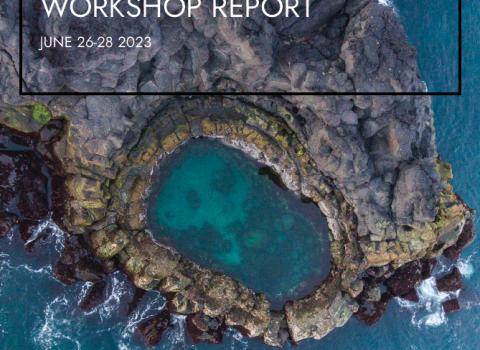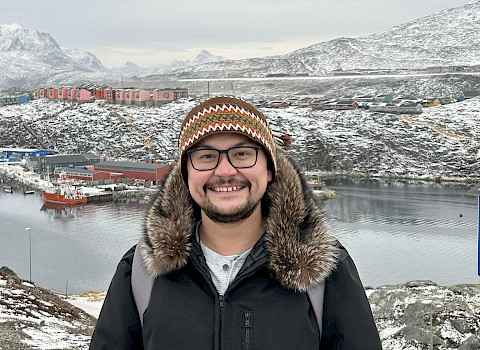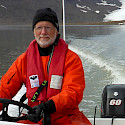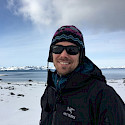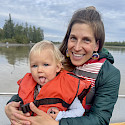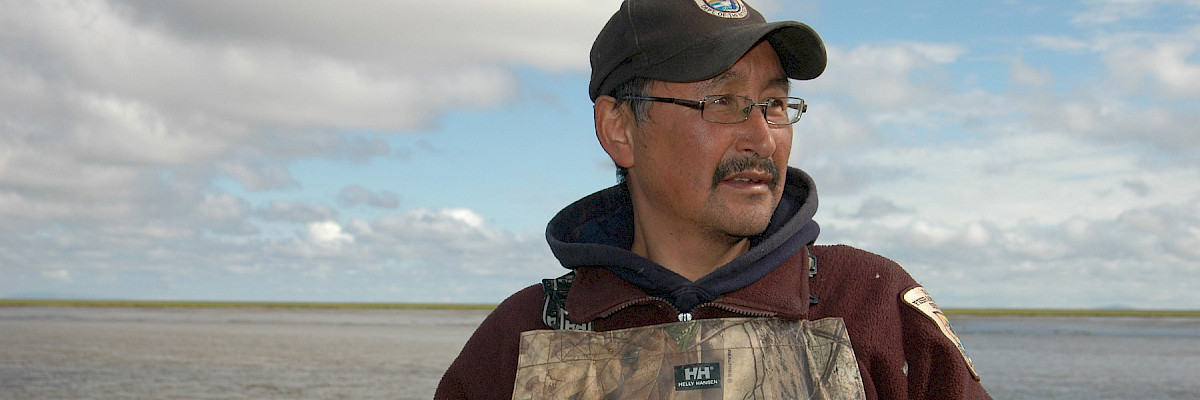
CBMP Coastal Biodiversity Monitoring
The CBMP is working with partners across the Arctic to harmonize and enhance long-term coastal monitoring efforts, and to facilitate more powerful and cost-effective assessments through the generation of, and access to, improved circumpolar datasets.
Along coasts, these efforts are led by a Coastal Steering Group who are working to implement the Arctic Coastal Biodiversity Monitoring Plan. This is an agreement across Arctic nations to compile, harmonize and compare results from existing Arctic coastal biodiversity and ecosystem monitoring efforts, across nations and oceans. It was produced in a co-production of knowledge between Indigenous Knowledge holders and scientists.
Implementation of the Arctic Coastal Biodiversity Monitoring Plan, is the first approved Arctic Council platform for a co-production of knowledge approach. The CBMP Coastal group has identified key elements, called Focal Ecosystem Components (FECs), of the Arctic coastal ecosystem, where changes in FEC status likely indicate changes in the overall coastal environment.
Related news
Nordic Coastal Monitoring Workshop Report Released
Nordic Coastal Monitoring Workshop Report ReleasedPartners gather at ICC-Canada office to welcome Josh Komangapik as the CAFF Arctic Indigenous Canadian Youth Fellow
The Conservation of Arctic Flora and Fauna is pleased to announce Josh Komangapik has been awarded the first CAFF Arctic Indigenous Canadian Youth Fellowship.Experts
-
Tonje Johansen
Saami Council Head of Delegation to CAFF, Salmon Peoples of the Arctic Steering Committee -
Sunna Björk Ragnarsdóttir
CBMP Terrestrial Steering Group, Co-lead. CBMP Coastal Steering GroupIceland -
Mikael Kristian Sejr
CBMP Coastal Steering Group : CBMP Marine-Benthos Expert NetworkKingdom of Denmark
Lead Working Groups
CAFFLead Arctic States & Permanent Participants
CanadaThe United States
 Arctic Council Working Group
Arctic Council Working Group 